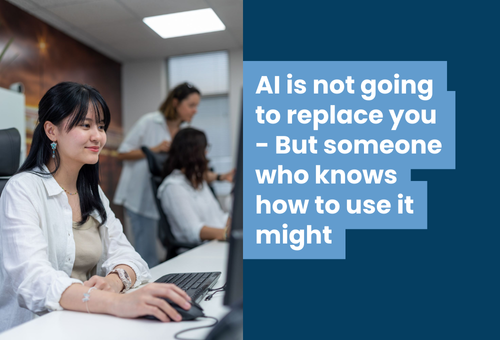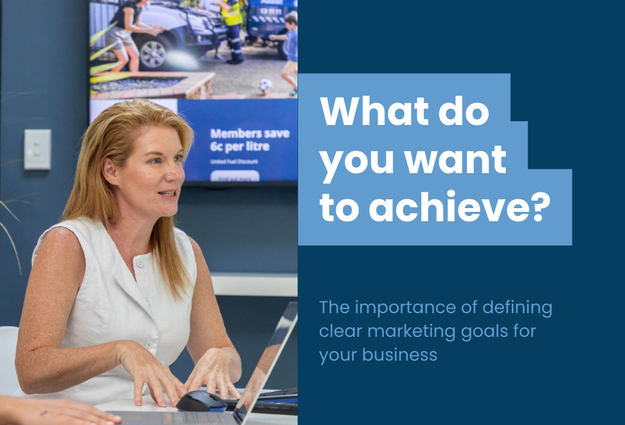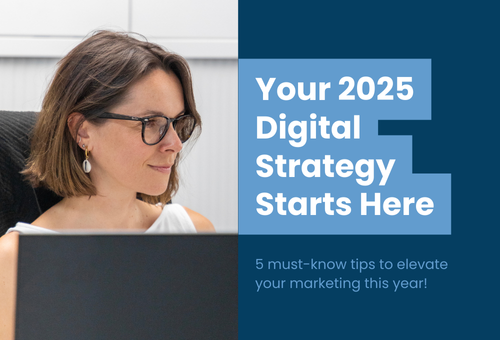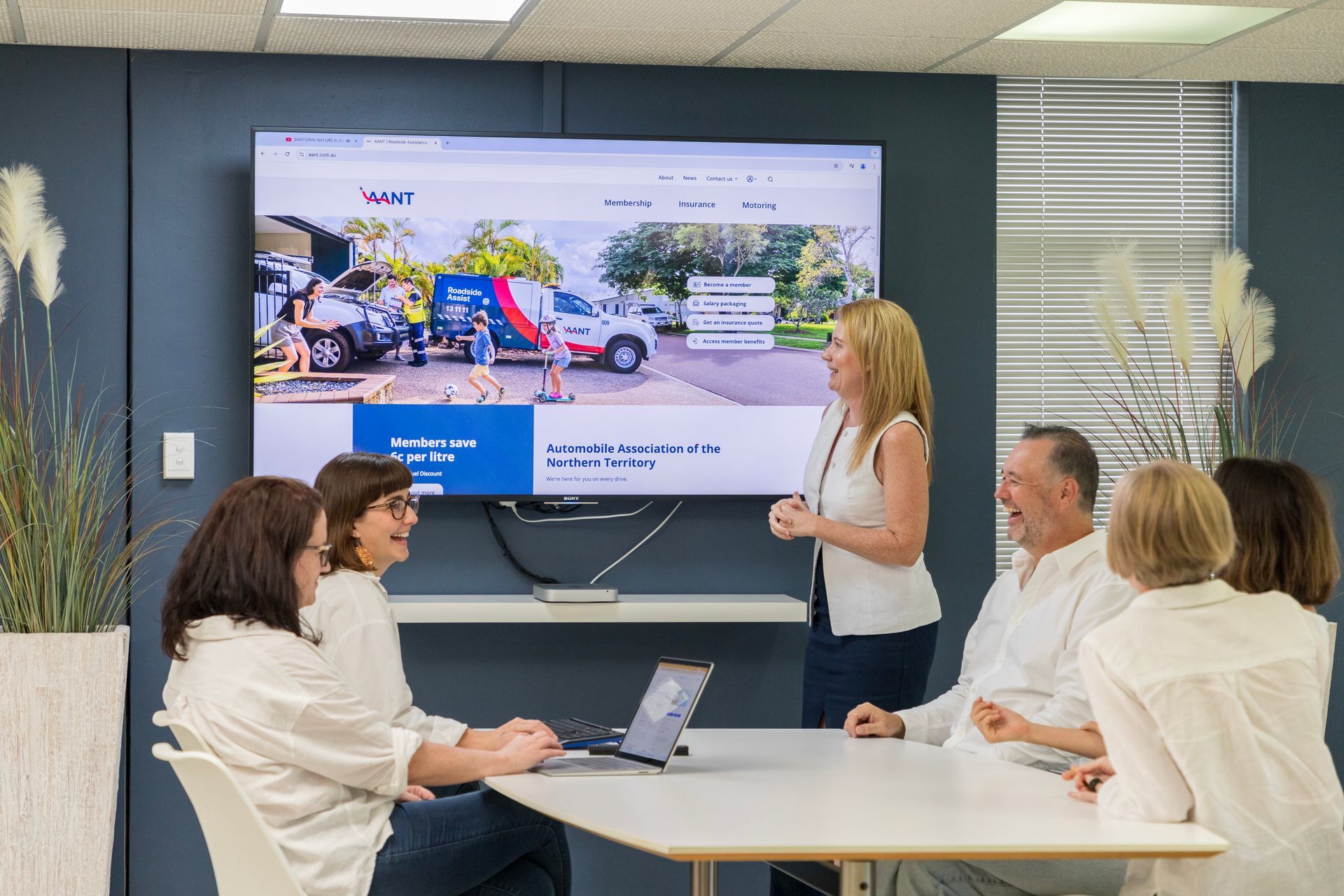Digital Trends for 2024 - What Territory Businesses are looking for
With many of us thinking about what the year ahead might look like, it’s timely to look at the trends driving 2024.
1. Brand positioning
Create a plan
In 2024 we no longer need to explain the value of digital marketing. The driver now is brand positioning . Successful businesses understand the need to clearly identify the unique value that their brand offers, then develop a cohesive strategy of how to deliver that message across different platforms. The key question that businesses struggle with is:
- What challenges or problems do our customers typically face?
- How do our services/products alleviate the challenges or problems?
- What sets our services/products apart from our competitors?
Once you’ve figured that out, it’s essential to create a strategy to articulate the answers and give you direction into the future.
2. Data visualisation
Explain your message using visuals
You may have heard of user experience design (UX design) . T he shift for 2024 is data visualisation . UX design focuses on crafting seamless, enjoyable and intuitive user experiences (people often describe good UX design as a website that is ‘clean’). Data visualisation is a way you can achieve these goals. It's all about presenting information in a way that not only informs but engages users, fostering a deeper understanding of the intention and meaning of what they are seeing.
3. Elearning
Online learning
2023 was the year for elearning . The hangover of COVID saw a surge in organisations looking for ways to upskill without needing to bring groups together in a face to face mode.
2024 sees a strong focus on elearning for inductions. Code of Conduct, Work Health and Safety, Governance – these are all complex subjects that demand effective communication to make sure learners understand the content. Elearning offers cost effective, consistent delivery of messaging in an engaging way.
Visit our
elearning website
for more information about what we offer and to see examples of our recent work. There is also a good blog article on what you need to know when costing elearn developments.
4. Content
The Heart of Your Website
The other big player for 2024 is Intranets . To deliver core organisational communication, or to house your data visualisations, news, events, forms and policies. Organisations of all sizes are desperate for an easy to use system. Many organisations find products like SharePoint great for creating and sharing documents but cumbersome as a communications portal. Captovate offers a sought-after Intranet solution that might be a great fit.
5. Artificial Intellience
It's all the buzz.
While exploring the current digital landscape, it's impossible to overlook the significant impact of artificial intelligence (AI) . Organisations are grappling with the associated risks and pitfalls. Our Director, Michael Hawkes, has been invited to share insights with various company directors, discussing the benefits and challenges of AI for businesses.
Amidst the rising demand for advice on leveraging AI to streamline business operations, our focus at Captovate for 2024 is geared towards improving information accessibility through AI.
We're actively exploring practical ways to integrate AI within the growth areas outlined above. Here are a few examples:
- Crafting alternative brand positioning statements for split testing within our digital marketing content, tracking conversion rates to optimise strategies.
- Transforming diagrams into voice formats, allowing for explanations using straightforward language.
- Generating real-life scenarios to support the explanation of complex concepts within our elearning content
- Uploading policy and process documents onto intranets and utilising AI to generate responses to employee queries
Above all, 2024 for Captovate is centred around fostering meaningful conversations for our clients. In today's complex digital world, many organisations grapple with conceptualising effective ways to deliver their needs. Reach out to us, and together we can turn your visions into actionable plans.











